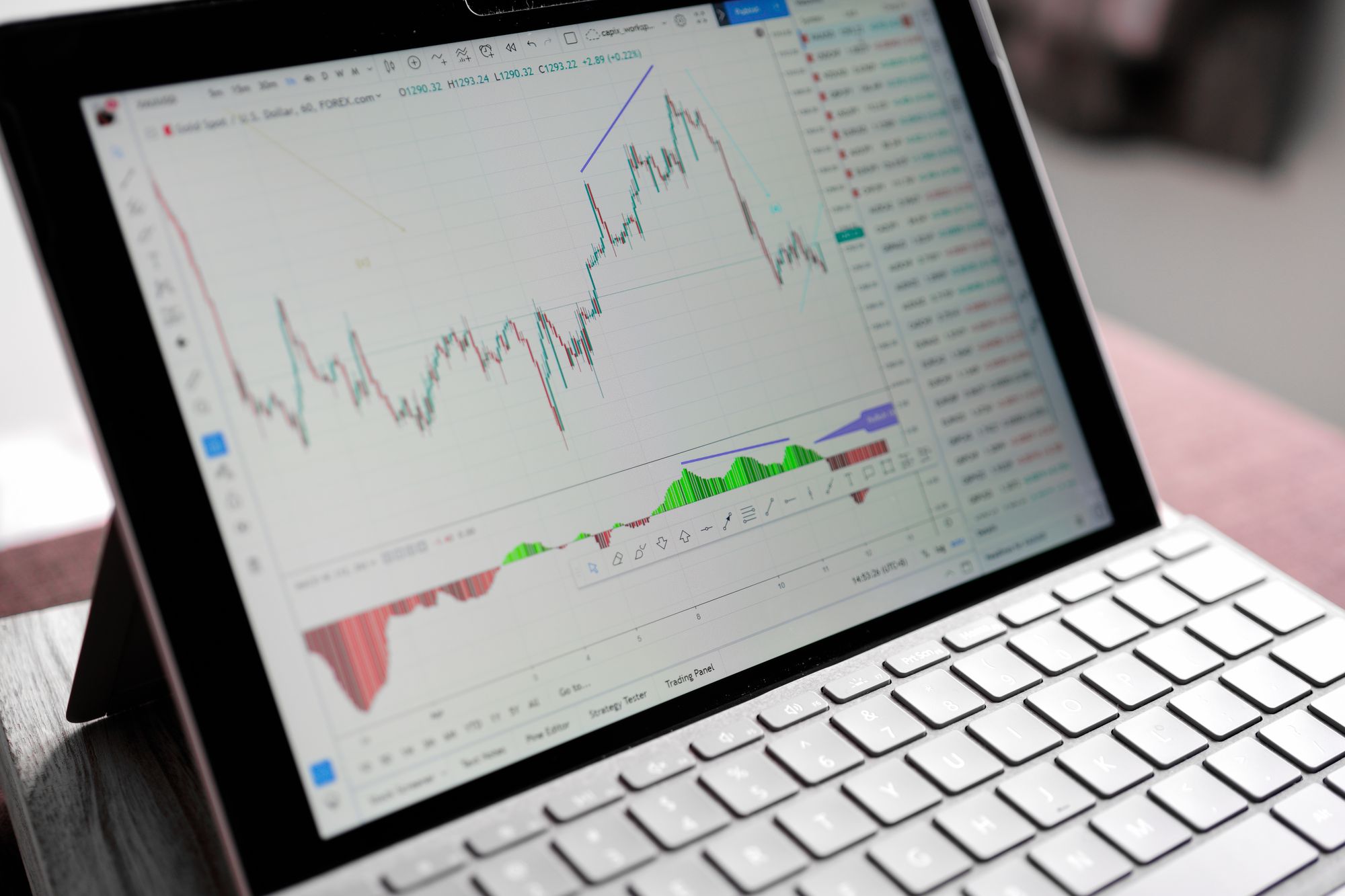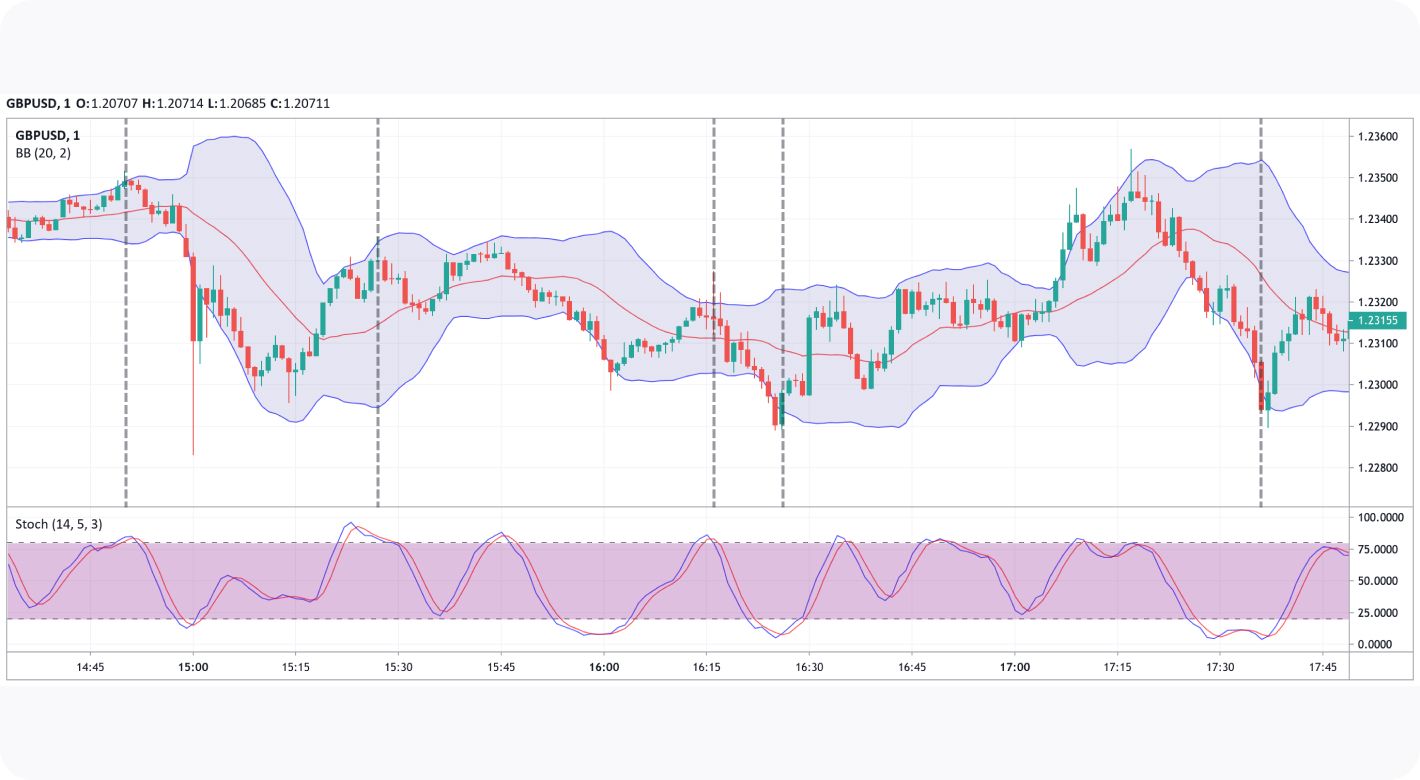FXOpen

Scalping is a popular short-term strategy employed by day traders around the globe. New to scalping and not sure where to begin? In this article, we’ll break down what scalping is, establish tips for scalping effectively, and explore three strategies to help you get started.
What Does Scalping Mean in Trading?
Before we can start exploring scalping trading strategies, we first need to answer the question, “what is scalping in trading?”
Scalping in Trading Definition
In simple terms, scalping involves making many short-term trades to profit from small price movements. Typically, scalpers will enter and exit trades quickly, often staying in a position for less than 15 minutes rather than holding it for hours, days, or weeks. This may generate small but frequent profits.
While scalping isn’t suited to everyone, it can be a helpful strategy for those with discipline, patience, and a careful approach to risk management. One of advantages of scalping in day trading is that, by minimising the time spent in a trade, you reduce the likelihood of any adverse events wiping out your profits. For example, when stock scalping, traders often avoid the negative effects of unforeseen news being released about a company.
Tips for Scalping in the Forex Market
Below, you will find tips that may help you implement scalping strategies more efficiently.
Use a Broker That Offers Tight Spreads
The short-term nature of scalping means finding a broker with tight spreads is essential. After all, if you’re taking five pips profit at a time, it’s painful to have a two pip spread and $5 commission eroding your long-term gains. At FXOpen, you can start trading Forex with spreads from 0.0 pips.
Find the Right Asset
One of the keys to success when scalping is picking the right instrument. A scalper needs a market that exhibits large volumes on the one and five-minute timeframes. Otherwise, they could be stuck in a trade for much longer than originally anticipated. Additionally, scalping might be more effective on a liquid market, like EUR/USD or GBP/USD. Illiquid markets bring a risk of wide spreads.
Trade at the Right Time
Getting in at the right time is crucial to scalp trading, meaning you’ll need to pay special attention to sessions and market-moving news releases. Sessions, particularly London and New York, play an important role in determining the liquidity and volatility of most markets. The best time to scalp is often around the start of a trading session when the most volume is traded. Consider avoiding scalping during high-impact news events, as the added volatility can widen spreads and stop you out prematurely.
Utilise Leverage
Leverage is one of the frequently overlooked aspects of scalping, but it’s essential when dealing with short-term trades. For example, a trader using no leverage can only buy a 0.01 lot for $1,000. Another trader does the exact same, but they use 10x leverage and buy a 0.1 lot of a currency pair for $1,000.
At FXOpen, you can trade major currency pairs with leverage up to 1:30 (1:500 for Professional clients, or clients at FXOpen INT).
Of course, always make sure you also understand the risks involved when using leverage. Leverage can increase the potential gains of a trade but can also magnify losses. Try a free demo account with us to familiarise yourself with leverage before deploying it in live markets.
3 Examples of Effective Scalping Strategies
By now, you’re probably wondering how to scalp a trade effectively. Don’t worry — below, we’ve handpicked three scalping strategies that you can get started with instantly. They can be applied to the 1, 2, 3, or 5-minute timeframes for almost any instrument, but might be more effective for Forex trading. Try them on TickTrader to get a better understanding of how these strategies work.
1. The RSI Reversal Strategy

This strategy makes use of the overbought (>70) and oversold (<30) zones in the Relative Strength Index (RSI) and two exponential moving averages (EMAs) to identify potential reversal points in the market.
- Setup: the 14-period RSI indicator, the 50-period EMA (orange), and the 200-period EMA (grey).
- Long condition: when the 50-period EMA is above the 200-period EMA, and the price is below the 200-period EMA, with the RSI below 30.
- Short condition: when the 50-period EMA is below the 200-period EMA, and the price is above the 200-period EMA, with the RSI above 70.
- Take profit: traders may take partial profits when the price returns to the 50-period EMA before moving their stop to breakeven.
- Stop loss: traders should evaluate market conditions.
2. The Bollinger Bands and Stochastic Strategy

This strategy uses the Bollinger Bands and Stochastic indicators to find entries in areas where the price is likely to reverse. Both offer measures that tell us whether the price is outside of its normal statistical range and, when combined, can form entry and exit points.
- Setup: Bollinger Bands (20, 2) and Stochastic (14, 5, 3).
- Long condition: when the price breaks below the lower Bollinger Band, then closes above it, with the Stochastic below 20.
- Short condition: when the price breaks above the upper Bollinger Band, then closes below it, with the Stochastic above 80.
- Take profit: traders often take profits at the middle line between the Bollinger Bands before moving their stop to breakeven. Many also close the position when the price reaches the opposing band.
- Stop loss: based on market volatility.
3. The Trend-Following ADX Strategy

This strategy uses the Average Directional Index (ADX) indicator alongside two fast exponential moving averages (EMAs) to find trend-following opportunities that can be exploited on the lower timeframes. The theory suggests avoiding this strategy in ranging markets, but it may work well when prices are trending.
- Setup: ADX (14, 14), 7-period (orange) and 9-period EMAs (grey).
- Long condition: when the 7-period EMA is above the 9-period EMA, the price is above the 7-period EMA, and the ADX crosses up 30, you could enter on the first retest of the 7-period EMA. Traders usually avoid entering on further retests.
- Short condition: when the 7-period EMA is below the 9-period EMA, the price is below the 7-period EMA, and the ADX crosses down 30, you could enter on the first retest of the 7-period EMA. Usually traders try to avoid entering on further retests.
- Take profit: traders often begin to take profits at a level that gives them 1:1 risk/reward, then trail their stop below the 9-period EMA for longs or above for shorts.
- Stop loss: you could consider levels below the 9-period EMA for longs or above it for shorts.
Takeaway
Scalping is a complicated trading approach. Therefore, traders usually practise scalping strategies on demo platforms before opening a live account and entering the real market. You may implement popular trading strategies until you feel confident. After, you can develop your scalping trading methods.
This article represents the opinion of the Companies operating under the FXOpen brand only. It is not to be construed as an offer, solicitation, or recommendation with respect to products and services provided by the Companies operating under the FXOpen brand, nor is it to be considered financial advice.
Stay ahead of the market!
Subscribe now to our mailing list and receive the latest market news and insights delivered directly to your inbox.








